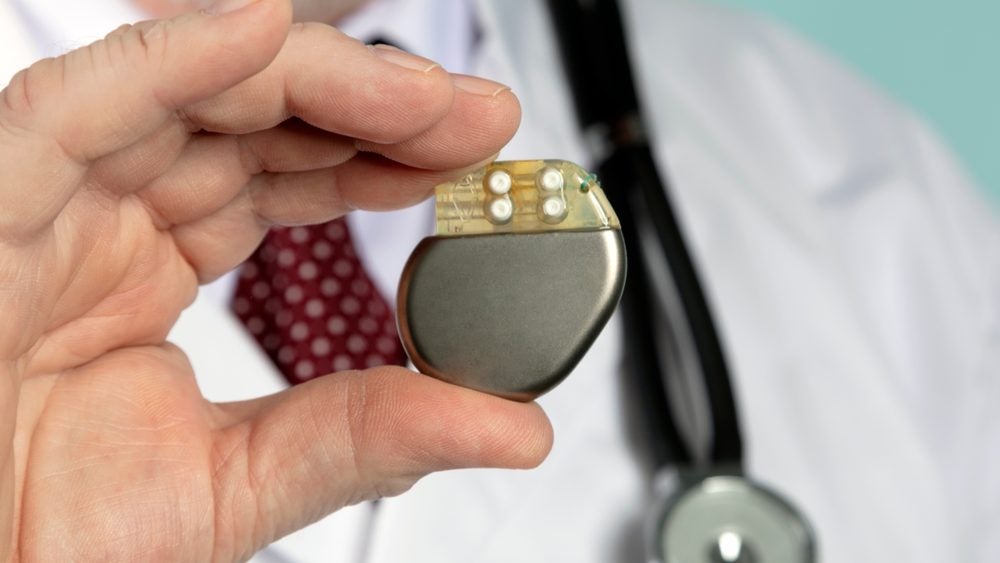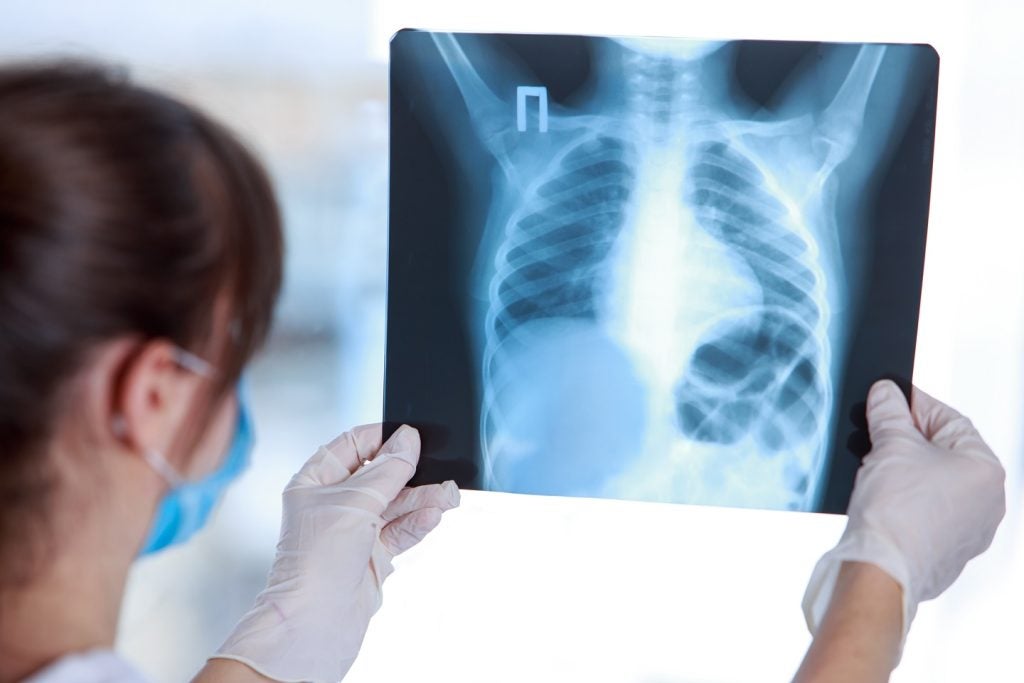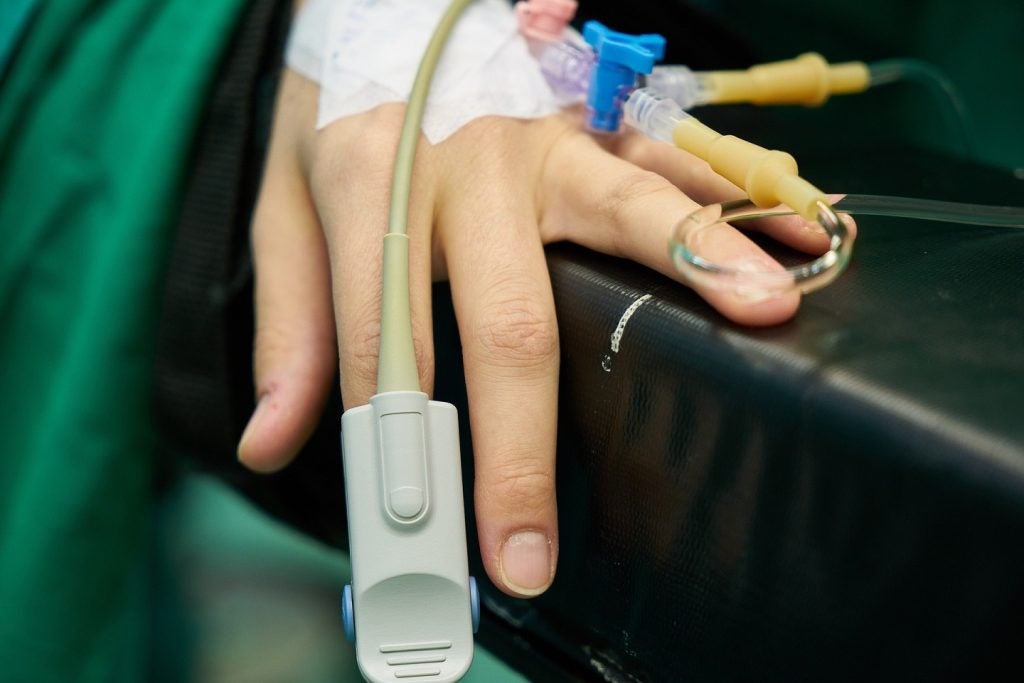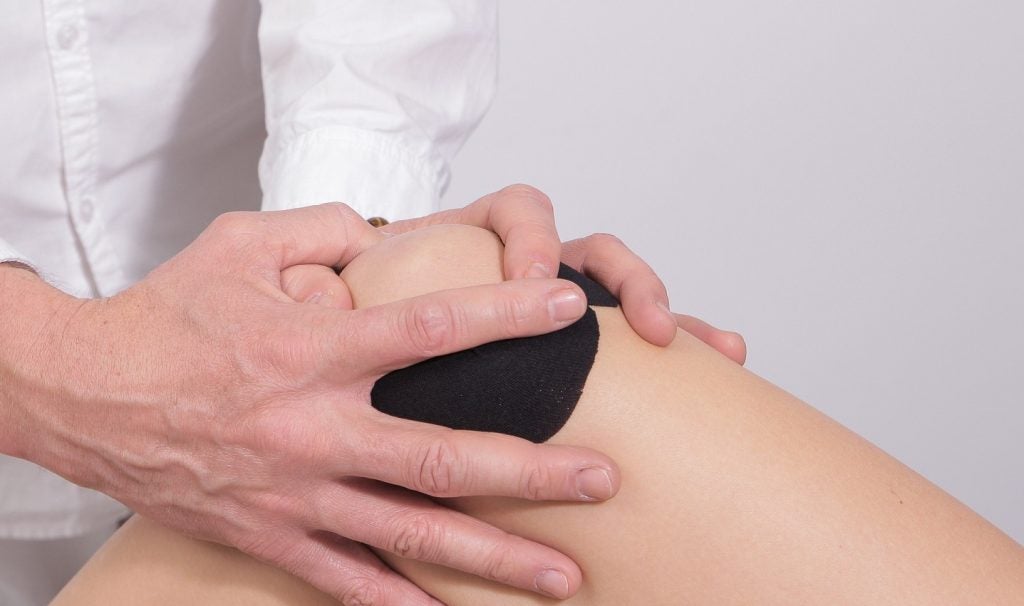Spain-based antenna technology company Fractus has expanded a licensing agreement for its connectivity technology into the medical device industry.
The licensing programme enables Fractus’ antennas to be used in wireless implantable medical devices such as pacemakers, defibrillators, and resynchronisation devices.
The company specialises in miniaturising antennas for wireless connectivity.
Wearable technology is growing in popularity in the medtech sector, with remote patient monitoring (RPM) and telehealth services being used to track and monitor vital signs such as heart rate, glucose levels and blood pressure. This data is then sent to healthcare providers in real-time, enabling remote monitoring and timely interventions.
According to a report on GlobalData’s Medical Intelligence Center, the wearable technology market is forecast to grow from $99.5bn in 2022 to $290.6bn in 2030, expanding at a compound annual growth rate (CAGR) of 14.3%.
Last June, STAT Health launched the first in-ear wearable to measure blood flow to the head to allow a better understanding of conditions in the body that occur upon standing, such as dizziness, brain fog, headaches, fainting, and fatigue. The tiny device can be left in while sleeping and showering and worn with 90% of other devices that go in or around the ear.
This month, Medtronic’s Micra leadless pacemakers Micra AV2 and Micra VR2 received a CE mark. The Micra pacemakers offer RPM capabilities to allow healthcare providers to check on a patient’s heart device remotely, removing the need for in-person clinic visits.
In the announcement accompanying the expanded licence, Fractus' licensing vice president Jordi Ilario said: “With the rise of markets like Internet of Things, the variety of elements incorporating our wireless antenna technology continues to grow.
“In this regard, Fractus' technology is establishing itself as a crucial asset in the medical device tech sector, thanks to its innovative approach that not only enables significant advances in remote patient monitoring but also contributes to the ongoing growth of telemedicine services.”















